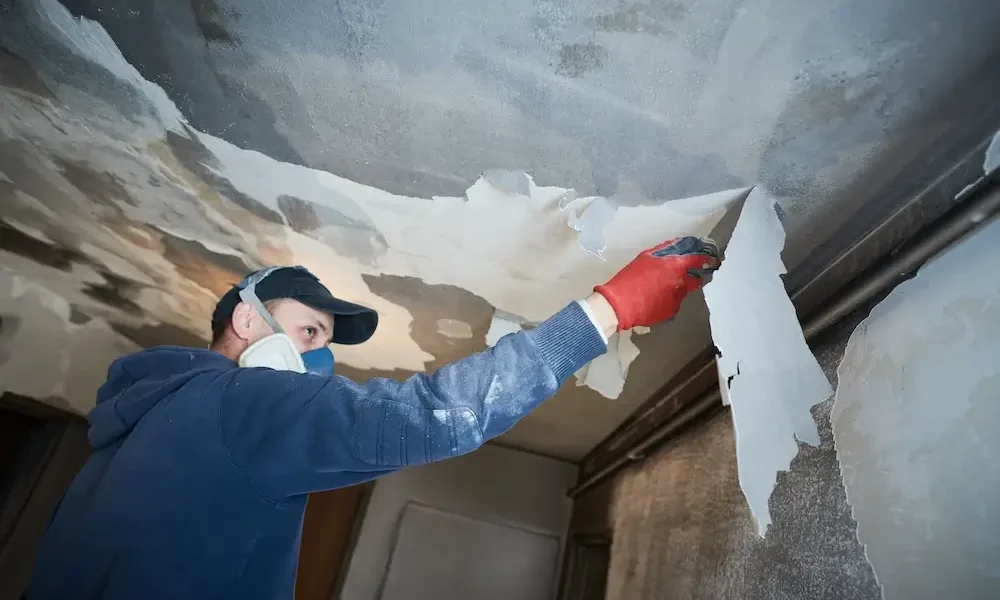Fire damage in properties extends beyond visible damage, affecting structural weaknesses, electrical failures, and even the air. Smoke can penetrate the property, causing lingering odors and health hazards. According to the National Fire Protection Association, an average of 350,000 home fires occur each year, underscoring the necessity of realistic restoration initiatives. Understanding the techniques used for restoring fire-damaged homes can help you go through the necessary steps to preserve your property.
Table of Contents
- Initial Assessment and Planning
- Choosing the Right Materials
- Restoration Techniques
- Maintaining Structural Integrity
- Preparing for Future Safety
- Conclusion
Initial Assessment and Planning
Initial assessment is crucial in fire restoration to understand the extent of damage, including structural compromises, potential water damage, and smoke infiltration. Modern instruments such as moisture meters and thermal imaging sensors may identify invisible damage to prioritize jobs and provide a thorough picture of the damage that needs to be restored. Effective planning ensures resources are used efficiently, timelines are met, and safety standards are maintained throughout restoration.
Choosing the Right Materials
Material selection is crucial for restoration projects, affecting immediate success and long-term sustainability. Eco-friendly materials like recycled steel, bamboo, and sustainably harvested wood reduce environmental footprints and enhance structural resilience. They also contribute to building resistance to future fires, with fire-retardant treatments and non-combustible materials providing added safety. The choice of materials also influences a building’s ability to withstand future threats, ensuring its long-term success and sustainability.
Restoration Techniques
Restoration techniques have evolved due to advancements in technology and an understanding of fire dynamics. Dry ice blasting is a modern innovation that effectively cleans surfaces while preserving the environment. It uses solid carbon dioxide pellets to remove soot and odors without leaving any secondary damage. Ultrasonic cleaning equipment can target water—and smoke-damaged items, saving valuable belongings. Professional restorers focus on improving air quality and preventing mold growth, restoring the property to its pre-fire condition.
Maintaining Structural Integrity
Restoration professionals prioritize preserving a building’s structural integrity using various methods, including load testing and contemporary strengthening with steel or carbon fiber supports. These methods ensure the structure can bear expected loads, meet safety regulations, and provide long-term stability.
Specialized restoration companies like Valley Restoration & Construction use advanced techniques to repair and preserve structures significantly impacted by fire, focusing on sustainability and safety. Their goal is to restore the physical structure and the peace of mind of those who have experienced such traumatic events.
Preparing for Future Safety
The restoration process involves repairs and equipping the property to resist fires. It consists of installing advanced technology like smoke alarms, fire suppressant systems, and fire-resistant materials like plaster and wall linings. Regular maintenance checks ensure ongoing effectiveness, creating an environment that is restored and reinforced against future calamities.
Conclusion
The restoration of fire-damaged properties is a sophisticated process that blends art, science, and meticulous craftsmanship. Through strategic planning, careful material selection, and employment of state-of-the-art restoration techniques, properties can be revived to resemble their former selves and stand more potent and safer for the future. A thorough understanding and focus on structural integrity and proactive safety measures ensures that these efforts provide lasting protection and peace of mind. Should you seek exemplary restoration services, consider the experts renowned for their adeptness at navigating the complexities of post-fire restoration.

